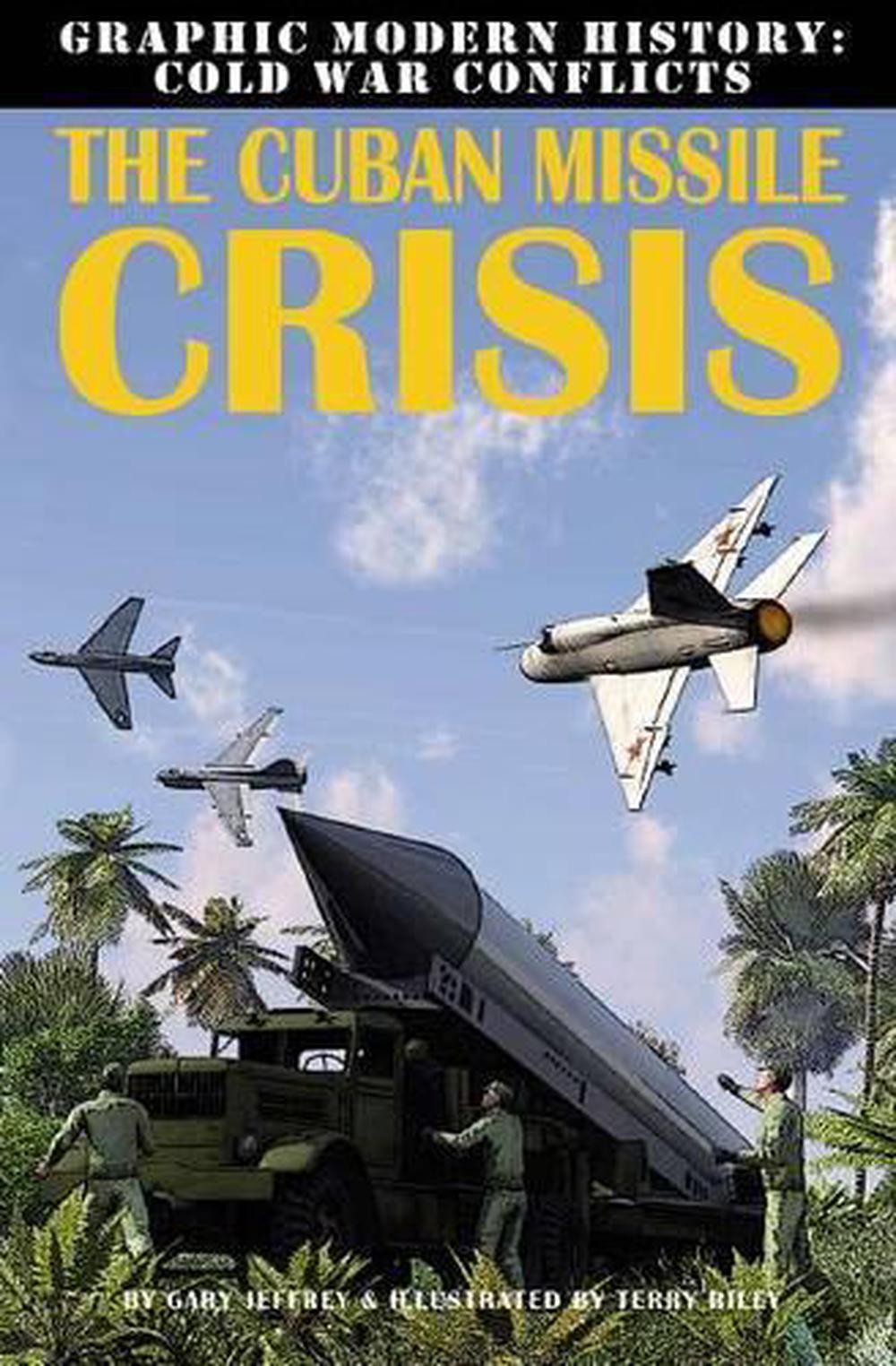

Typically, access is provided across an institutional network to a range of IP addresses. If you are a member of an institution with an active account, you may be able to access content in one of the following ways: But the Soviet ships stopped short of the blockade.Get help with access Institutional accessĪccess to content on Oxford Academic is often provided through institutional subscriptions and purchases. An attempt by the Soviets to breach the blockade would likely have sparked a military confrontation that could have quickly escalated to a nuclear exchange. Blockades CubaĪ crucial moment in the unfolding crisis arrived on October 24, when Soviet ships bound for Cuba neared the line of U.S. Some Americans, fearing their country was on the brink of nuclear war, hoarded food and gas. Following this public declaration, people around the globe nervously waited for the Soviet response. was prepared to use military force if necessary to neutralize this perceived threat to national security. In a television broadcast on October 22, 1962, the president notified Americans about the presence of the missiles, explained his decision to enact the blockade and made it clear that the U.S. Second, he would deliver an ultimatum that the existing missiles be removed. Navy to establish a blockade, or quarantine, of the island to prevent the Soviets from delivering additional missiles and military equipment.

But Kennedy ultimately decided on a more measured approach. In deliberations that stretched on for nearly a week, they came up with a variety of options, including a bombing attack on the missile sites and a full-scale invasion of Cuba. The challenge facing them was to orchestrate their removal without initiating a wider conflict–and possibly a nuclear war.
#3 minutes to midnight cuban missile crisis series
and the Soviets (and their respective allies) were engaged in the Cold War (1945-91), an ongoing series of largely political and economic clashes.įrom the outset of the crisis, Kennedy and ExComm determined that the presence of Soviet missiles in Cuba was unacceptable. Under Castro, Cuba grew dependent on the Soviets for military and economic aid.

READ MORE: The Cuban Missile Crisis: A Timeline Discovering the MissilesĪfter seizing power in the Caribbean island nation of Cuba in 1959, leftist revolutionary leader Fidel Castro (1926-2016) aligned himself with the Soviet Union. Kennedy also secretly agreed to remove U.S. agreed to Soviet leader Nikita Khrushchev’s (1894-1971) offer to remove the Cuban missiles in exchange for the U.S. However, disaster was avoided when the U.S. Following this news, many people feared the world was on the brink of nuclear war. Kennedy (1917-63) notified Americans about the presence of the missiles, explained his decision to enact a naval blockade around Cuba and made it clear the U.S.
#3 minutes to midnight cuban missile crisis tv
In a TV address on October 22, 1962, President John F. and the Soviet Union engaged in a tense, 13-day political and military standoff in October 1962 over the installation of nuclear-armed Soviet missiles on Cuba, just 90 miles from U.S. During the Cuban Missile Crisis, leaders of the U.S.


 0 kommentar(er)
0 kommentar(er)
